Industrial Wellness: Is It Here to Stay?
Designers hope the human-centric focus can survive economic pressures and the push to automate.
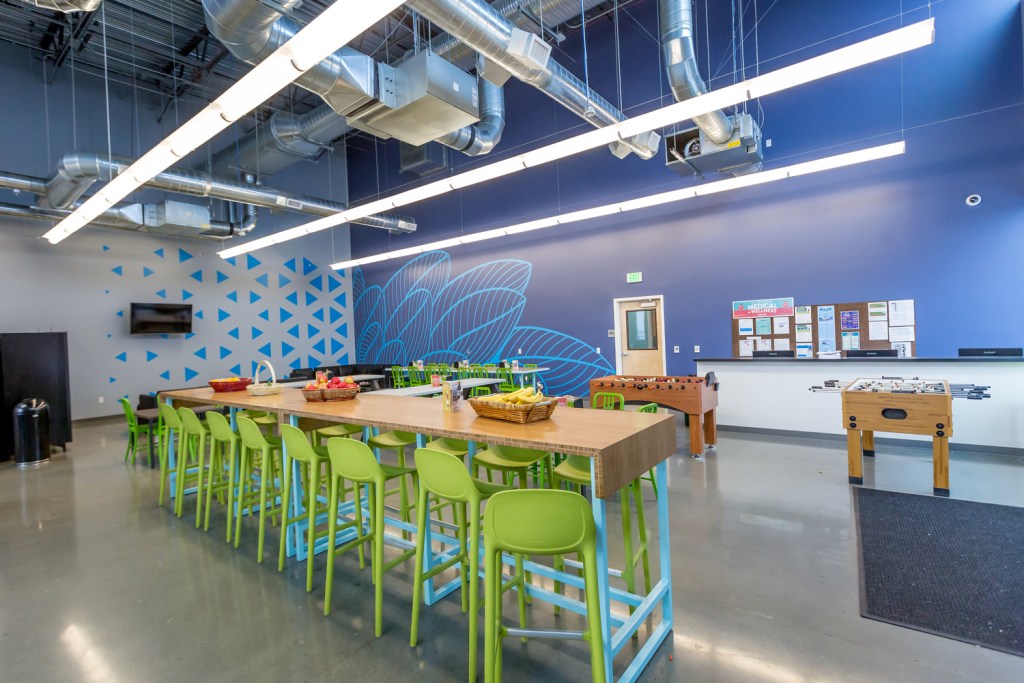
Bigger break rooms, cleaner air and healthier food options. Five years after Covid’s arrival, owners and operators of factories and warehouses are expanding the wellness measures introduced during that era.
“The airborne spread of Covid was a wake-up call for building owners and a concern for employers,” observed Anthony Abate, certified indoor environmentalist, vice president & chief technology officer for AtmosAir Solutions. “Indoor air quality in industrial buildings—an afterthought before Covid—has become an increasing priority to ensure health and wellness for employees.”
Opinions differ, however, on how much healthier facilities are today than in 2019, and there’s consensus that much more can be done. Some experts also worry that more focus is being placed on the health of bottom lines than employees.
A new era
Industrial wellness has undergone an evolution since the darkest days of the pandemic, according to Ed Hess, COO & industrial market leader of RSP Architects.

“While wellness measures such as added break rooms and space modifications were implemented, the focus remained on operational continuity,” shared Hess. “Today, wellness is more integrated, with an emphasis on employee amenities, morale and safety, as part of a broader strategy to retain talent and improve productivity.”
For employers, wellness is part of the cost-benefit equation in maintaining “a skilled, satisfied workforce,” he added.
Lukas Huberman, vice president & director of acquisitions for BLT Enterprises, sees industrial tenants requiring larger, more open break rooms to boost employee comfort during rest periods.
“This was a factor in a recent lease renewal we did with a longtime tenant, a multinational transport company,” said Huberman. “As part of the agreement, we refreshed the outdated and heavily used break rooms and restrooms, which elevated the space and added value to the property.”

There are now stricter standards for ventilation and air quality, and consistently maintained washrooms, showers and cleaning stations, noted Cliff Booth, founder & chairman of Westmount Realty Capital.
Also, industrial companies are now maintaining standard protocols that go into effect in the event of another health crisis. They include instantly notifying managers and workers, instituting remote work and switching to online meetings to minimize operational disruption.
The International WELL Building Institute can attest to industrial’s new human-centric focus. Owners and managers of more than 1,000 manufacturing, logistics and warehouse facilities, totaling nearly 350 million square feet, now subscribe to the WELL Safety Rating, according to Jason Hartke, executive vice president of external affairs, at IWBi.
And, while COVID sparked healthy building awareness, Hartke believes the impact is lasting, though the work is far from over.
“As expectations increase and challenges persist, continued leadership and innovation are essential to meet the full potential of healthier industrial environments,” he said.
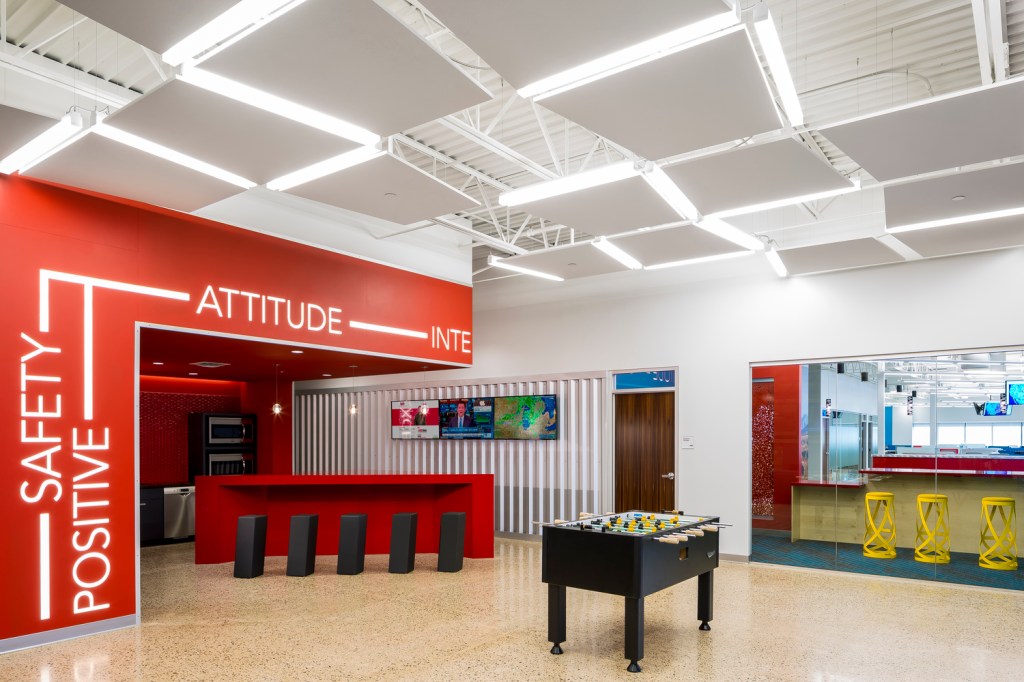
Tenant expectations
Specific tenant expectations include better break rooms infused with natural light or indoor-outdoor designs, cafeteria-style food programs with healthy options and gaming and relaxation spaces. Design features that include mother’s rooms, multi-faith rooms and focus rooms, and heightened safety features are also on tenants’ lists, he added.
Hess feels industrial facilities must invest in wellness not as an afterthought but from the initial stages of design. That means incorporating safety-focused layouts, natural lighting, open spaces for safety training and company-wide social engagement, as well as other wellness design features.
It means ensuring industrial environments support morale and lower turnover. Finally, it means tracking the ROI from decreased attrition and higher productivity to justify wellness investments.

Erin McDannald, CEO of Environments, Lighting Environments and Elevated, finds tenants prioritizing improved HVAC and air movement through industrial spaces. Tenants are also asking for fitness rooms, access to nature and tech integration, including smart power solutions.
“You need to have air quality mitigation,” she said. “And tech is necessary to gain that mitigation.”
Ergonomic solutions are also expected. “(Workers) stand on their feet for hours, sometimes leaning over a table, and definitely need support,” McDannald added.
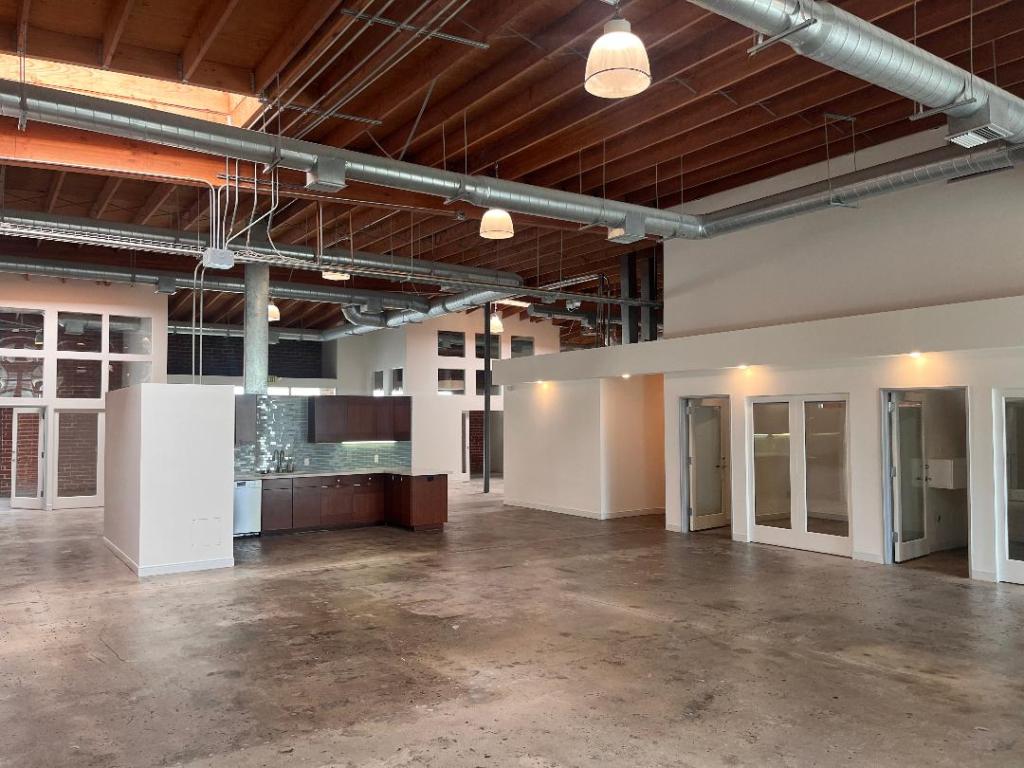
Opposing forces
While it took a global crisis to elevate wellness in industrial, some industry professionals are worried that potential economic adversity, resulting from tariffs and geopolitical turmoil, could slow or reverse the movement.
Five years post-pandemic, McDannald sees industrial wellness at a crossroads, with some forces driving it forward and others pushing against it. And she doesn’t see wellness principles being evenly applied.
Labor unions, younger and more health-focused employees and more competition for workers are all pushing for more wellness in the workplace. Insurers also play a role by informing employers they won’t insure them unless environments are made healthier.
Currently, wellness initiatives are far more important in factories than in other settings because of the inflammatory burden on workers of dust. “The burden is five times higher when they leave their shifts than when they come into the workplace,” she shared.

Standing in the way of improvement is an industry tendency to build for automation and not for people. And rising costs for employers could have an adverse impact on wellness.
“Prices have gone up, and a lot of manufacturers are eating those higher costs to stay competitive,” she said. “With tariffs, automation, onshoring and nearshoring, the focus is not on people. It’s on robots.”
But Booth doesn’t think automation and wellness have to be at odds. “Well integrated automation can enhance wellness by reducing physical strain, improving safety and streamlining environmental controls like lighting, air quality and termpurature,” he said And automation can be a differentiator for owners and for tenants during difficult times,
The pandemic spurred industrial companies to improve air quality with electrostatic filters that reduce concentration of pathogens, especially in meat packing and food processing plants.
“Everywhere else, we didn’t see a lot of progression,” she added. “We saw a lot of tech automation, and efforts to remotely manage temperatures of their freezers, but not a lot of initiatives toward wellness.”
McDannald has seen an uptick in addressing mental health. “Dust that contributes to inflammatory loads contributes to mental health issues,” she noted. “But that’s addressing the symptoms rather than the cause.”
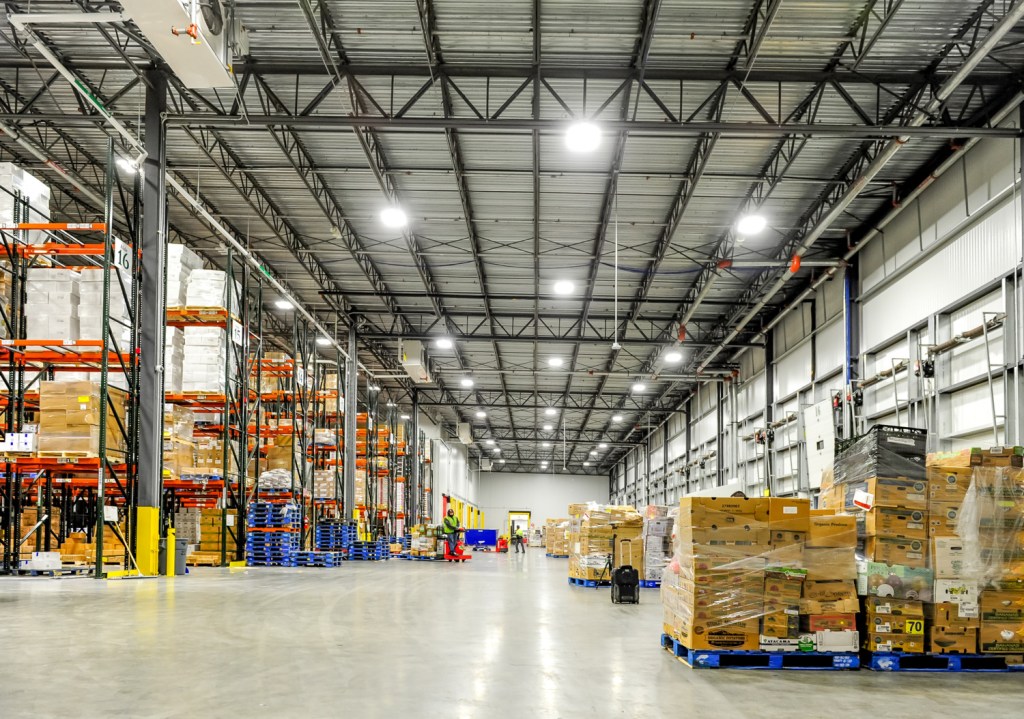
Future focus
The future of industrial wellness is likely to be molded by automation, robotics and other tech innovations, Hess said. Tech-friendly lounges, restaurant-style dining, human-centric lighting solutions and elevated safety measures will all help employers acquire and retain talent in competitive labor markets.
McDannald foresees the integration of technology into air quality measures, lighting effectiveness and noise mitigation. She also believes facilities will invest in living walls and other biophilic design aspects, such as outdoor dining areas and outdoor wellness spaces for employees to sit and calm themselves.
“I’ll be looking forward to the introduction of wearables to really understand how your staff is doing on the floor, health-wise—and respond accordingly.”


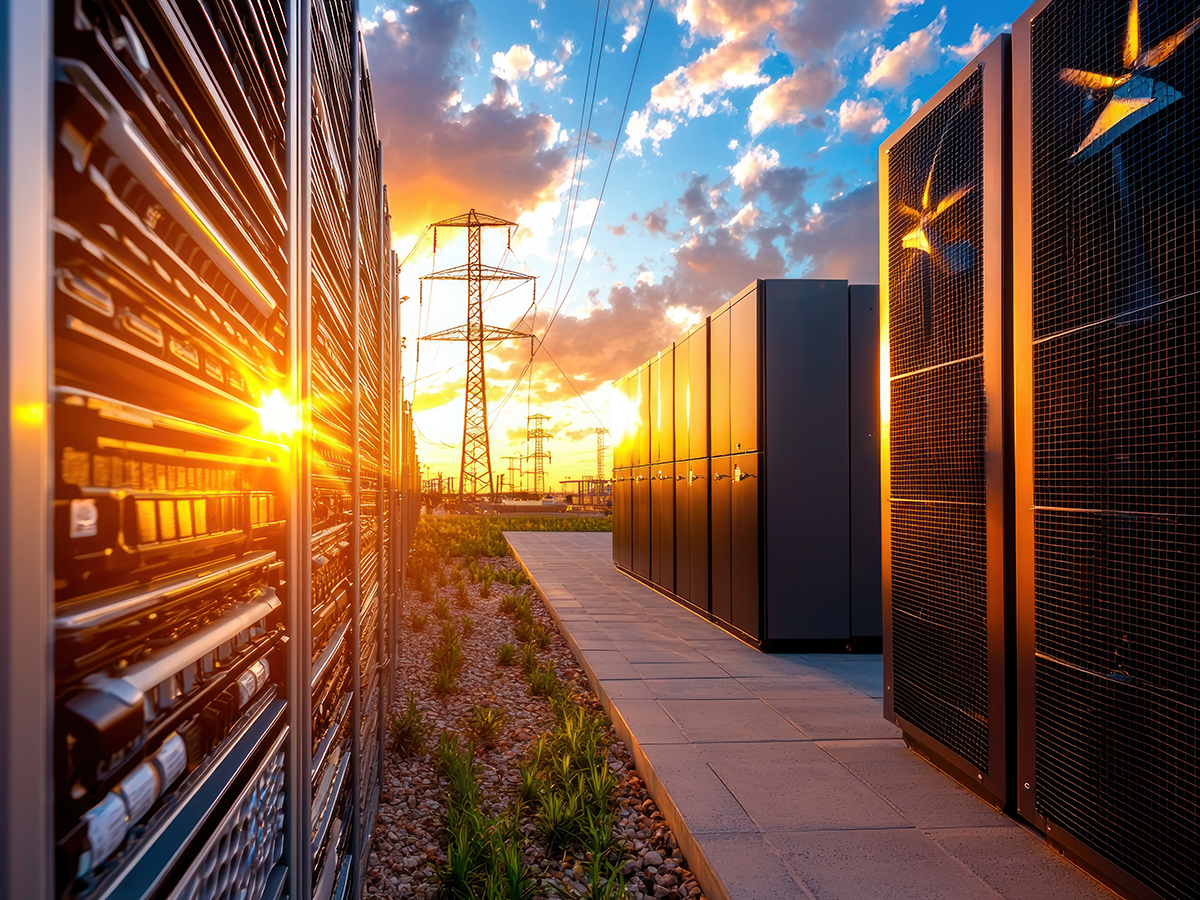



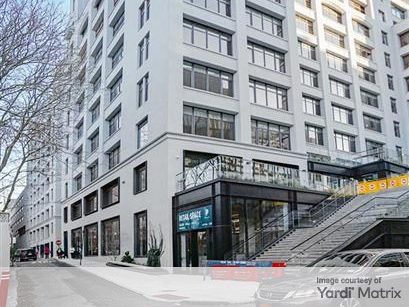

You must be logged in to post a comment.